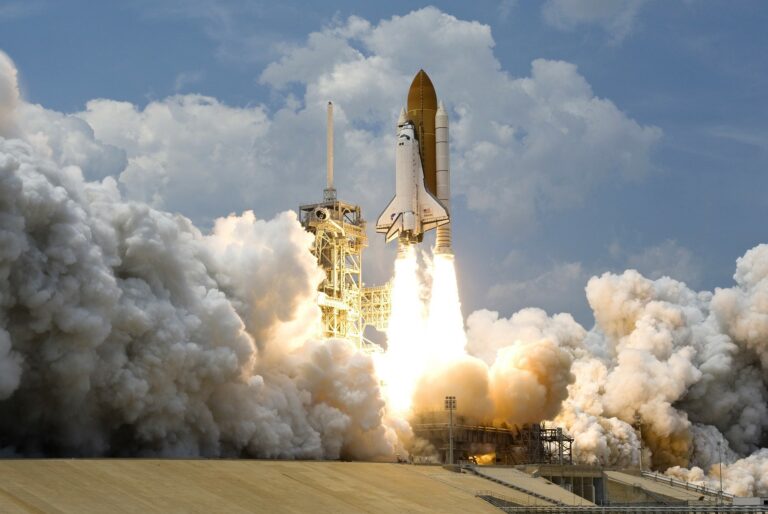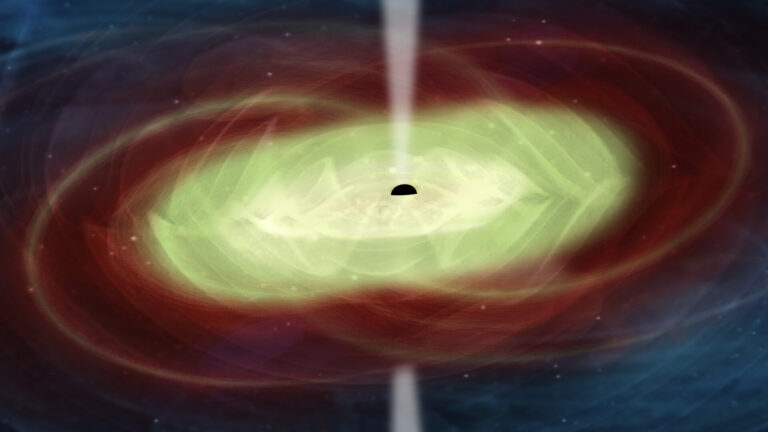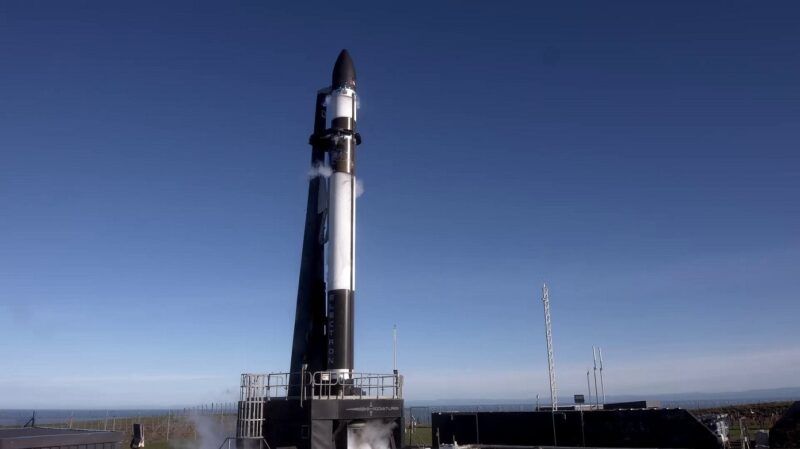Max Q is an important concept in rocket launches. It refers to the point at which a rocket experiences the maximum dynamic pressure after liftoff.
The moment is crucial because the structural integrity of the rocket is most challenged here, due to the combination of increasing velocity and atmospheric resistance.
Let us discuss it in greater detail.
Max Q in Rocket Launches
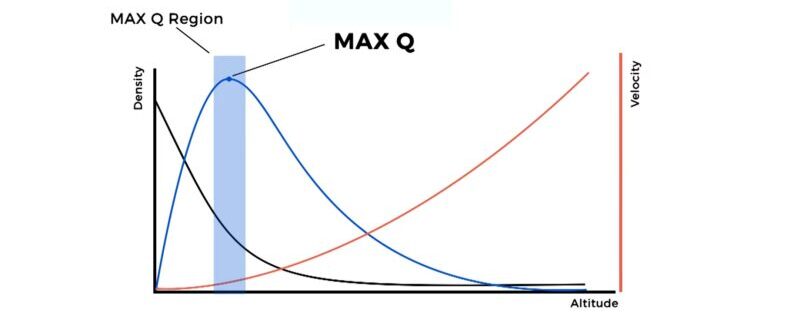
Max Q is defined as the moment during a rocket’s ascent when it encounters the greatest dynamic pressure due to atmospheric drag.
The critical phase in the launch sequence is marked by the rocket’s increased velocity against the decreasing atmospheric density.
At that moment, dynamic pressure peaks due to the balance between accelerating velocity and thinning air.
The forces influencing the rocket at this juncture include gravity, thrust, and atmospheric drag.
Gravity pulls the rocket towards the Earth, thrust aims to propel it upward, and drag acts as a resistance force against the rocket’s forward motion.
The precise interaction of these forces determines the rocket’s speed and the timing of Max Q.
Rocket engineers meticulously plan the vehicle’s trajectory and design to ensure it can withstand the conditions at this intense moment.
Importance of Max Q in Rocket Science
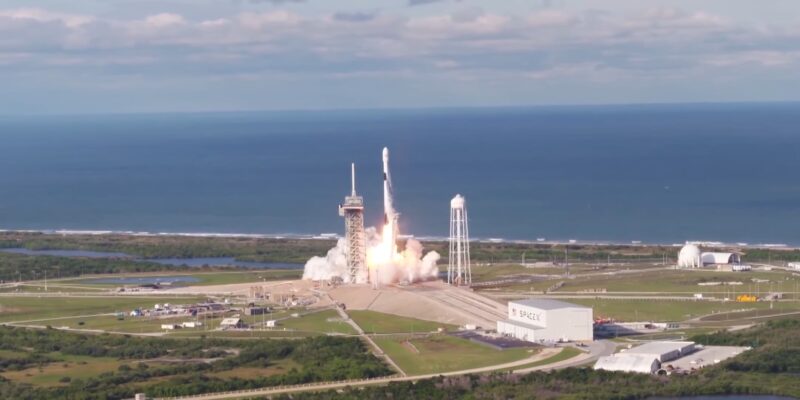
The significance of Max Q in rocket science cannot be overstated, as it is essential to the rocket’s structural integrity and mission success.
Rockets must be engineered with materials and designs that can endure the extreme mechanical stresses experienced at Max Q.
It requires leveraging advanced materials that can handle severe pressures and crafting architectural designs that effectively disperse these forces.
Historical launch data, such as that from Space Shuttle missions, is crucial for engineers designing rockets to withstand the surrounding factors.
The Space Shuttle, for example, includes specific materials and an aerodynamic form to go through Max Q efficiently.
Max Q and Vehicle Design
The impact on the rocket design is profound, influencing decisions about the vehicle’s aerodynamics and material composition.
Rockets are often designed with smooth lines and specialized materials to reduce drag and manage the heat generated from air compression at high speeds.
Control systems in rockets also play a vital role during Max Q.
Throttling down the engines as the rocket nears Max Q can significantly reduce the structural stress, helping to stabilize the vehicle through this turbulent phase.
The strategy illustrates the complex balance that engineers must maintain between propulsion, velocity, and structural health during the design and operation of rockets.
Dynamic Pressure Calculation
Dynamic pressure, a crucial concept in aerospace engineering, quantifies the kinetic energy per unit volume of a fluid, such as air.
It is calculated using the formula:
Dynamic pressure = 0.5 × air density × velocity2
Air density, a key factor in this calculation, is influenced significantly by altitude.
As altitude increases, the density of the air decreases due to the reduction in atmospheric pressure.
This decrease in air density directly impacts dynamic pressure, which is vital for knowing numerous aerospace dynamics, including lift and drag forces on an aircraft or rocket.






